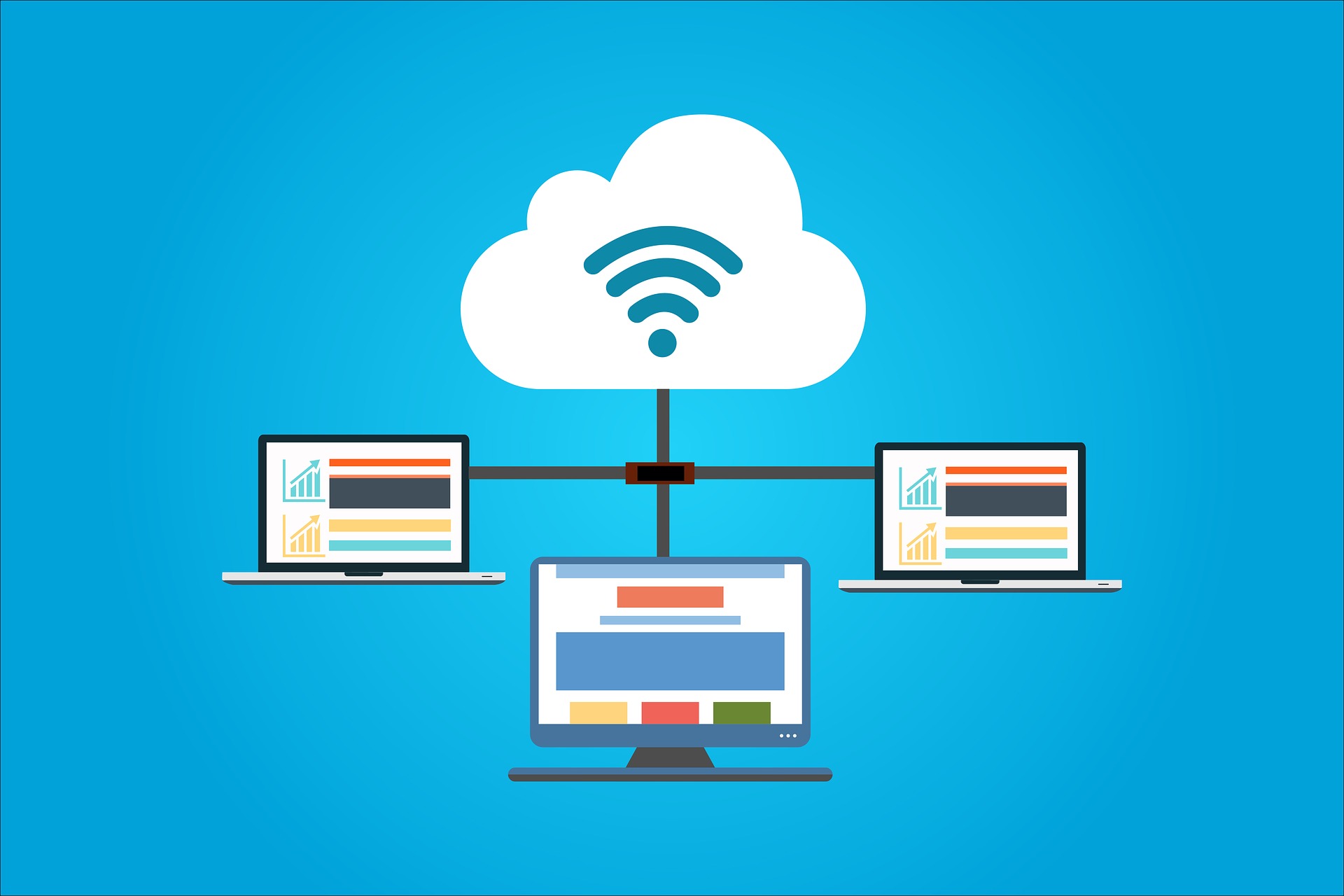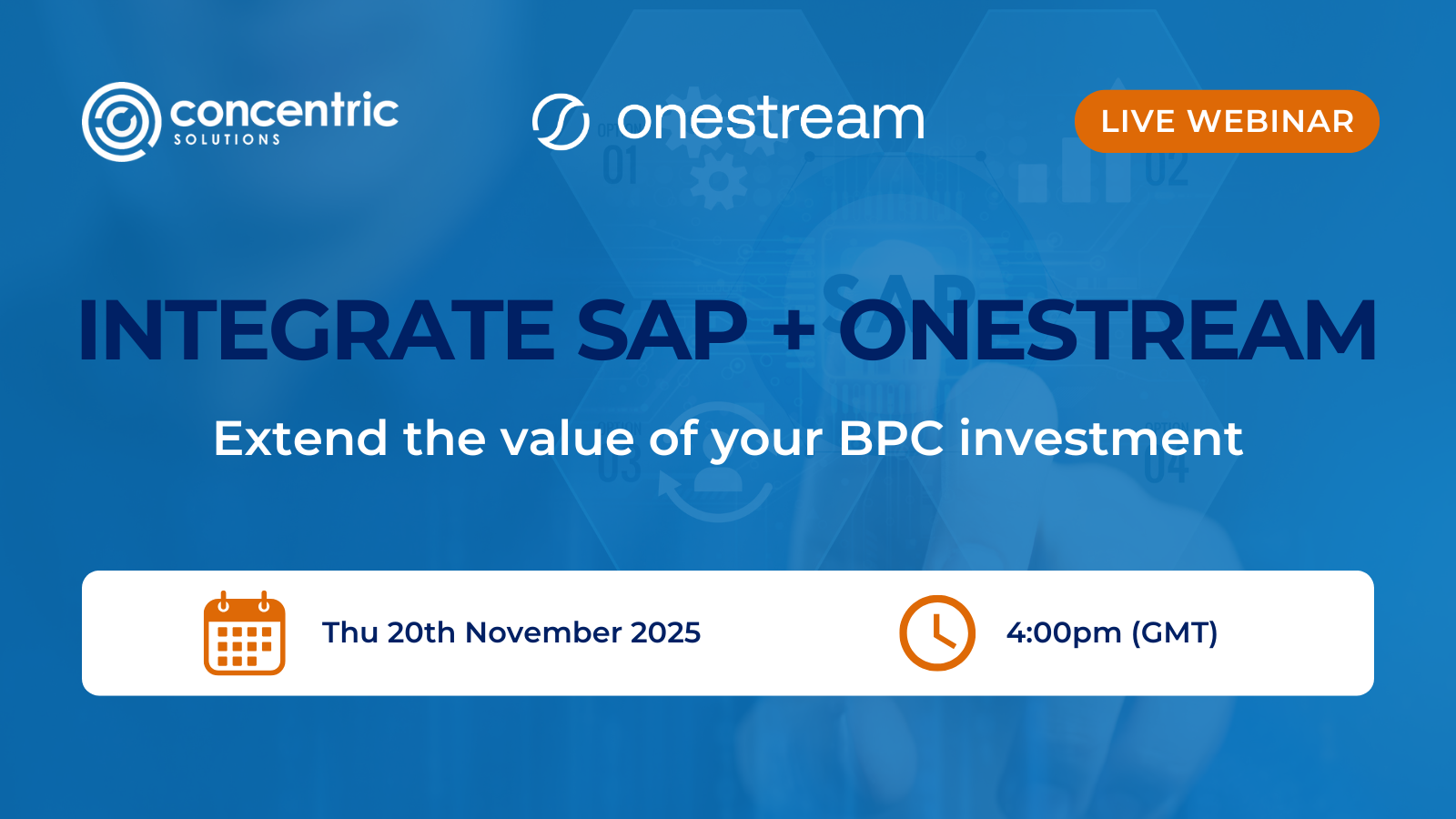
The future of CPM: the move to cloud-based financial reporting
In 1943 the president of IBM, Thomas Watson, was asked to predict what the global market for computers would be. His spectacularly misguided reply has almost become a byline for misreading the room:
"I think there is a world market for maybe five computers."
What he of course meant by ‘computer’ at the time was an enormous machine the size of a house that operated using vacuum tubes and was in effect just a big calculating engine. He was certainly not thinking about something that would sit on a desk in a home or office, and despite this it should equally be noted that that did not stop IBM growing into the business they are today.
Fast forward to 1977, by which time computers had shrunk to fill just a single room and be operable from a CRT terminal connected to a keyboard, rather than by an army of boffins in white lab coats. The founder of DEC (Digital Equipment Corporation) declared that:
"There is no reason anyone would want a computer in their home."
Just four years later IBM released their first desktop pc followed in 1984 by the Apple Macintosh which took the world by storm featuring the first integrated GUI and something called a ‘mouse’.
Today, it’s almost impossible to imagine life without the web, yet in 1996 the CEO of 3Com predicted that:
“…the Internet will soon go spectacularly supernova and in 1996 catastrophically collapse."
The walk of progress in information technology is often blighted by suspicion and an aversion to change. But history has shown that those that embrace new technologies often drive efficiencies over their competition.
What has changed in Corporate Performance Management?
I first began working in the tech sector in 1989 and, perhaps like many of you, have been largely involved in the financial reporting, consolidation and Corporate Performance Management (CPM) spaces over the years. In that time, I have seen enormous changes that would have been unthinkable 30 years ago.
My first CPM experiences required a reporting site’s data to be stored locally, and then either transmitted on a rudimentary modem to a central location and reloaded, or even just copied onto a 3.5” floppy disk and mailed to HQ. Only later did centralised servers allow direct, real-time access for all users to the same data-set. Later still, the web meant that local sites no longer needed their own servers and required only that they have a minimum footprint of software.
CPM solutions are now deployed and configured using one of several approaches:
- Firstly, there is what is called ‘On-premise’, the approach where an organisation licenses the software on a perpetual basis, buys its own dedicated servers, installs the software on them, deploys the solutions to the users and is responsible for maintenance, upgrades and backups. This has been the most common method of deployment over the past 20 years.
- Secondly, there is ‘Private-Hosting’, sometimes positioned as ‘Private-Cloud’. This approach is where an organisation buys perpetual software licenses but deploys the solution on rented infrastructure with dedicated servers, supplier service management and backups provided on a subscription basis. This hybrid approach is often taken by customers concerned about multi-tenanted Cloud environments.
- Thirdly there is a Cloud deployment approach which hands over all of the above tasks to a third party and usually has software licensing baked into the subscription agreement. This has grown to become the most common method of deployment over the last 2-3 years. Cloud gives immediate gratification. It enables access to software straight away and offers several advantages.
Benefits of Cloud-Based Financial Reporting
- There is no need to invest in new hardware, or to employ dedicated staff to service it. If something needs fixing, then dedicated resources are made available immediately with no need to share key IT resources with other projects/departments or wait for the upskilling of internal staff.
- When the hardware needs expanding or upgrading, the supplier can handle this as a part of the agreement, automatically. This can be really useful when companies are growing and are unsure as to how big or complex their reporting models or CPM solution may become.
- Backups are held remotely, and space is never an issue (as long as we are prepared to pay for it).
- Security is handled by the Cloud operator and can be as tight as required. Indeed, for most organisations the level of security available now is beyond what would be realistically achievable with an on-premise solution.
- Overall costs should be reduced, and staff can be redeployed to work on the actual CPM solution development, testing and maintenance.
- Cloud promotes a shift to an operating expense model with subscription payments rather than more traditional capex models of on-premise deployments.
The industry buzz around ‘Cloud computing’ has been around for a while, but can still seem something of a mystery even for those in the business. At worst it can feel a bit like handing control of something really precious over to someone who you don’t know.
But in the context of CPM, Cloud Services are gaining increasing traction. Put very simply, Cloud CPM Services provide a ‘turn-key’ approach to provisioning software to your users.
At Concentric we support equal numbers of Cloud, Private Hosted and On-premise clients. Cloud may not be the right solution for all organisations – this decision is dependent upon size, the state of legacy systems, country jurisdictions and reliability of remote access. But it has become the dominant method of deployment for new CPM solution requirements.
OneStream Cloud offers a subscription-based service for their CPM platform that has become the “preferred option” for new customers. Compared to traditional on-premise CPM software deployments, OneStream offers a high-performance architecture running on Microsoft Azure and SQL Azure technologies that enables new environments to be spun up or upgraded in a matter of hours. Clever multi-core processing allows end-user tasks to be distributed across multiple servers rather than being tied to a single server – ideal for larger user populations. Machine learning technology has been introduced that enables their Cloud environments to ‘learn’ of peak demands on the software, enabling it to scale-out additional capacity as needed at month end or key reporting periods.
This speed of accessibility, performance management and short turnaround would have been unheard of only a few years ago. Like many cloud offerings, OneStream offers a flexible, secure and scalable choice of deployment method that is now a viable alternative to on-premise.
Cloud is an IT paradigm that has come of age for Finance.
Contact us today if your finance processes are supported by legacy on-premise applications and you are considering moving to the Cloud.
Solutions
Services
Company
Contact Us
Innovation Centre 7
Keele Science Park,
Keele, Staffordshire ST5 5NL
+44 (0)203 411 0140
info@concentricsolutions.com



